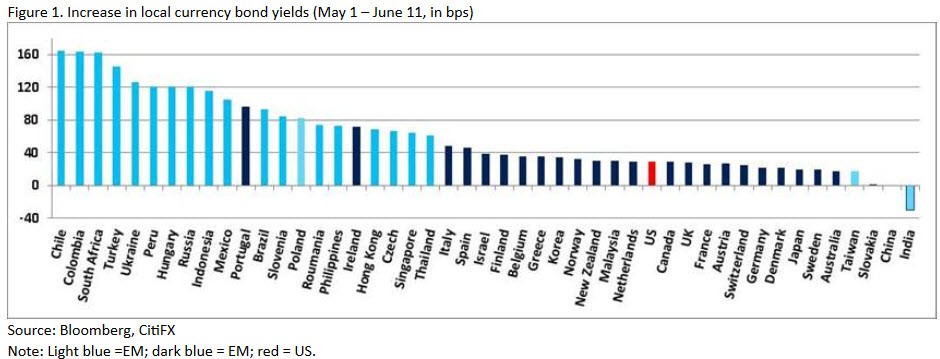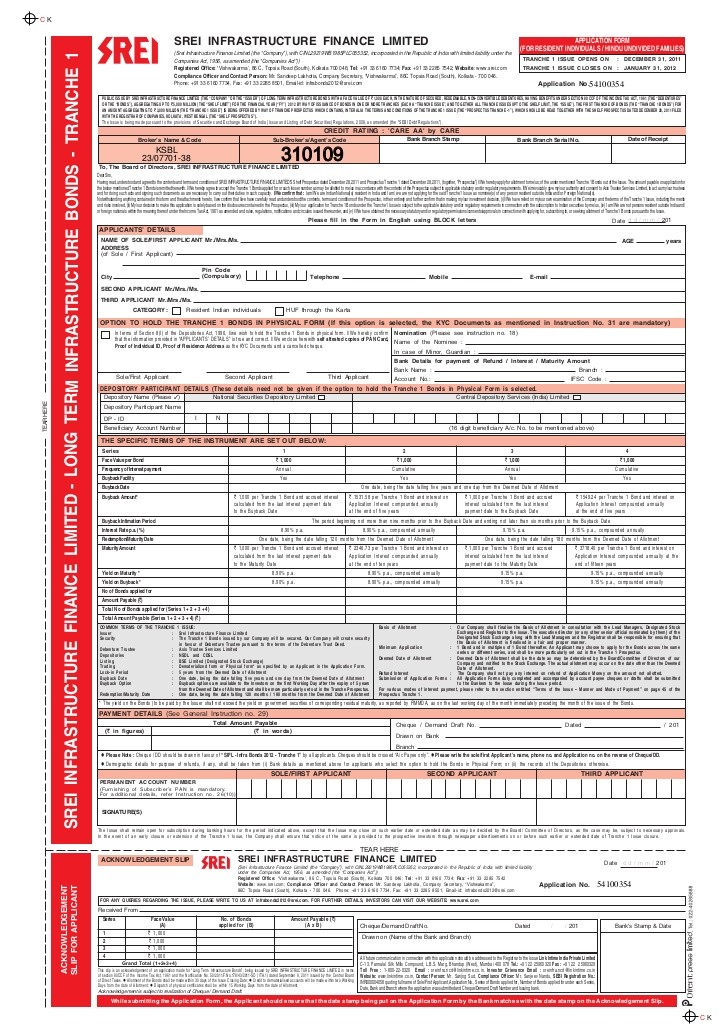Bond Rating Agencies Can You Trust Them Bonds Market Dhara Web Site
Post on: 16 Март, 2015 No Comment

Home Bonds Bond Rating Agencies: Can You Trust Them?
1/9/2012 1:25:21 AM
Administrator
Posts: 562
Institutional and individual investors rely on bond rating agencies and their in-depth research to make investment decision. Rating agencies play an integral role in the investment process and can make or break a company’s success in both the primary and secondary bond market. While the rating agencies provide a robust service and are worth the fees they earn, the value of such ratings has been widely questioned after the 2008 financial crisis, and the agencies’ timing and opinions have been criticized when dramatic downgrades have come very quickly. Any good investment firm, whether it’s a mutual fund, bank or hedge fund will not rely solely on the bond rating agency’s rating and will supplement their research with their own in-house research department. This is why it’s important for an individual investor to not only question the initial bond rating, but frequently review the ratings over the life of a bond and constantly question those ratings as well.
Major Players
While there are a number of rating agencies out there, the three major ones usually referred to are, Moody’s. Standard and Poor’s. and Fitch. These agencies assign credit ratings for issuers of debt obligations or bonds in addition to specific debt instruments issued by those companies. The issuers of debt can be companies, nonprofit organizations, state and local governments. In addition, the U.S. government issues bonds that will be eventually traded in an open market setting. Each agency has their own models by which they evaluate the credit worthiness of a company which directly affects the rate the issuing firm will offer to purchasers of the bonds upon issue.
The credit rating, just like a personal credit rating for anyone who has ever applied for a mortgage, indicates how likely the company will be to pay interests over the life of the bond. In the company’s case, it also implies indications of the potential marketability of the bonds over their life as well as the company’s ability to return the principal when the bond comes due at maturity. (For investors considering buying debt securities, a credit rating is an essential tool, learn more in What Is A Corporate Credit Rating? )
Each of the three major agencies has slightly different ratings but all three have ranges from primes, which is usually reserved for the most pristine companies or the U.S. government, to bonds that are in default.
Bond Rating Grades
Credit Risk Moody’s Standard and Poor’s Fitch Ratings Investment Grade ——Highest QualityAaaAAAAAAHigh QualityAa1, Aa2, Aa3AA+, AA, AA-AA+, AA, AA-Upper MediumA1, A2, A3A+, A, A-A+, A, A-MediumBaa1, Baa2, Baa3BBB+, BBB, BBB-BBB+, BBB, BBB-Not Investment Grade Ba1BB+BB+Speculative MediumBa2, Ba3BB, BB-BB, BB-Speculative Lower GradeB1, B2, B3B+, B, B-B+, B, B-Speculative RiskyCaa1CCC+CCCSpeculative Poor StandingCaa2, Caa3CCC, CCC—No Payments / BankruptcyCa / C—-In Default—DDDD, DD, D
The Ratings
Every credit analyst will offer a slightly different approach to evaluating a company’s credit worthiness, but when comparing bonds on these types of scales it’s a good rule to look at whether the bonds are either investment grade or non-investment grade. This will provide the basic groundwork in simple, straight-forward terms. This does not mean that ratings in investment grades are safe or that non-investment grades are unsafe, the investor still needs to dig into the sub-sectors within those general ratings. (Credit ratings are not the only tool to rely on when assessing bonds. Find out why they sometimes fall short in Why Bad Bonds Get Good Ratings .)

It’s key to remember that these are static ratings, as a novice investor may make long-term assumptions just by looking at them. For many companies, these ratings are constantly in motion and susceptible to changes, especially in trying economic times like the economy experienced in 2008. Terms like credit watch need to be considered when an agency makes a statement about its evaluation; this is usually not a good sign for the company and an indication of the direction of the next credit quality change.
Unfortunately, the path downward is much more common than upward. This is partly due to the way the system is designed, as it takes a certain quality of a company to issue bonds as part of their capital structure and the market for investment grade has historically dominated the non-investment grade. This precludes small or up-and-coming companies from ever entering the bond market and subjects the historically larger companies to constant scrutiny. (Learn more in The Debt Ratings Debate .)
GM Vs. Microsoft
A great example of this path is to compare two very different companies, General Motors (NYSE:GM ) and Microsoft (Nasdaq:MSFT ). These two companies have been textbook examples of companies traveling down opposite paths. General Motors had been around since the turn of the 20th century, had gone through many economic cycles and used debt heavily as leverage in its balance sheet. in order to grow the business in upward economic cycles and hold its own in downward cycles.
Microsoft, on the other hand, is considered more of a growth company, which found its roots in entrepreneurial spirit, venture capital and eventually issuing common stock without using debt for leverage. Microsoft had the ability to seek capital in the bond market, but not until 2009 did it capitalize on its great credit rating to raise money in this way. In contrast, General Motors saw its credit rating deteriorate slowly as it lost market share and battled economic cycles, eventually going bankrupt in mid 2009. In these two companies, their survival may have just relied on those credit ratings to keep them in the game.
How Companies Value the Rating
As important as it is for investors to review credit ratings, it’s even more important to the companies. The rating affects a company by changing the cost of borrowing the money that the company wants to leverage its balance sheet. The effect is a higher cost of capital due to higher interest expense. leading to lower profitability. It also affects the way the company uses the capital; although interest paid is often taxed differently than dividend payments, the basic premise is that the borrower expects to have a higher return on the borrowed money than the cost of the capital. The ratings over time also have major affects on the the marketability of the bonds in the secondary market, the ability for companies to borrow in other markets, the ability to issue stock, the way analysts view the level of debt on their balance sheet and a major psychological aspect of how a company is viewed. (Read more on a company’s financial position in Understanding The Income Statement .)














